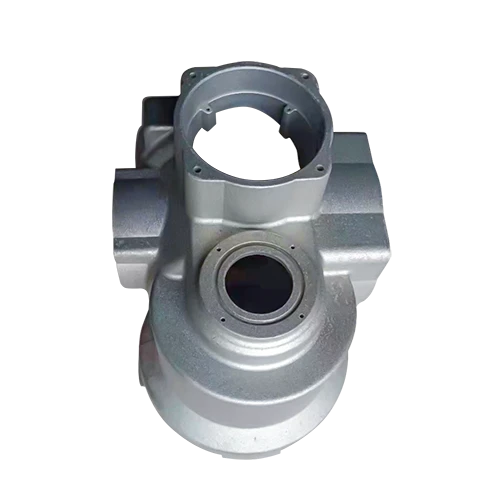Mobile:+86-311-808-126-83
Email:info@ydcastings.com
cf8 and cf8m
Understanding CF8 and CF8M Stainless Steels A Comprehensive Overview
Stainless steel is an alloy known for its corrosion resistance and strength, making it a popular choice in various industries, including construction, automotive, and manufacturing. Among the various grades of stainless steel, CF8 and CF8M are two notable types, particularly favored in applications that require excellent corrosion resistance and high-temperature capabilities. This article delves into the characteristics, applications, and differences between CF8 and CF8M stainless steels.
Overview of CF8 Stainless Steel
CF8 stainless steel is part of the austenitic stainless steel family and primarily comprises iron, 18-20% chromium, and 8-10% nickel. It is essentially equivalent to the 304 stainless steel grade but contains a higher nickel content. CF8 is known for its excellent resistance to oxidation, making it suitable for environments where exposure to moisture and corrosive elements is prevalent. This grade is often used in the manufacturing of valves, pumps, and fittings that require high strength and durability.
The microstructure of CF8 is primarily austenitic, which gives it exceptional toughness and ductility. Its resistance to scaling and oxidation allows it to perform well under high-temperature conditions, making it ideal for applications in the aerospace and chemical industries. Furthermore, CF8 can be readily welded and fabricated, which adds to its versatility in manufacturing.
Overview of CF8M Stainless Steel
CF8M is a variation of CF8 stainless steel with added molybdenum, typically containing around 2-3% molybdenum. This enhancement significantly improves its corrosion resistance, particularly against pitting and crevice corrosion. CF8M is comparable to the 316 stainless steel grade and is thus considered a more robust option than CF8 in harsh environments that involve exposure to chlorides or seawater.
cf8 and cf8m

Just like CF8, CF8M is also an austenitic stainless steel, but the inclusion of molybdenum allows it to withstand even more challenging conditions. This makes CF8M an ideal material for components in marine applications, pharmaceuticals, and industries dealing with acidic substances. The addition of molybdenum increases the material's strength at elevated temperatures and gives it superior stress corrosion cracking resistance (SCC).
Comparing CF8 and CF8M
The primary difference between CF8 and CF8M lies in their chemical composition and resulting properties. The addition of molybdenum in CF8M grants it superior corrosion resistance compared to CF8, which is crucial in environments where chloride exposure can lead to catastrophic failures. While both materials are versatile and can be used in various applications, CF8M is favored when higher levels of corrosion resistance are necessary.
In terms of cost, CF8M may be slightly more expensive than CF8 due to the increased material costs associated with molybdenum. However, the investment in CF8M can be justified in long-term applications where its durability may lead to lower maintenance and replacement costs.
Conclusion
In summary, both CF8 and CF8M stainless steels are essential materials in the realm of engineering and manufacturing. Their unique properties make them suitable for a wide range of applications, from everyday plumbing systems to more specialized environments requiring high corrosion resistance. Understanding the differences between these two grades can help industries make informed choices about material selection, ultimately contributing to the longevity and reliability of their products. Whether one opts for CF8 or CF8M will largely depend on the specific requirements of the application at hand.
-
Why Should You Invest in Superior Pump Castings for Your Equipment?NewsJun.09,2025
-
Unlock Performance Potential with Stainless Impellers and Aluminum End CapsNewsJun.09,2025
-
Revolutionize Your Machinery with Superior Cast Iron and Aluminum ComponentsNewsJun.09,2025
-
Revolutionize Fluid Dynamics with Premium Pump ComponentsNewsJun.09,2025
-
Optimizing Industrial Systems with Essential Valve ComponentsNewsJun.09,2025
-
Elevate Grid Efficiency with High-Precision Power CastingsNewsJun.09,2025











